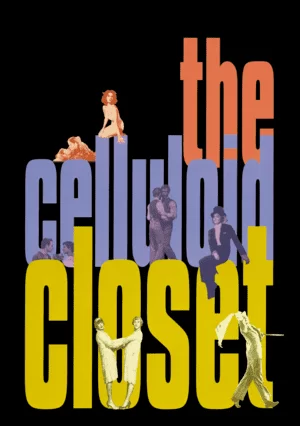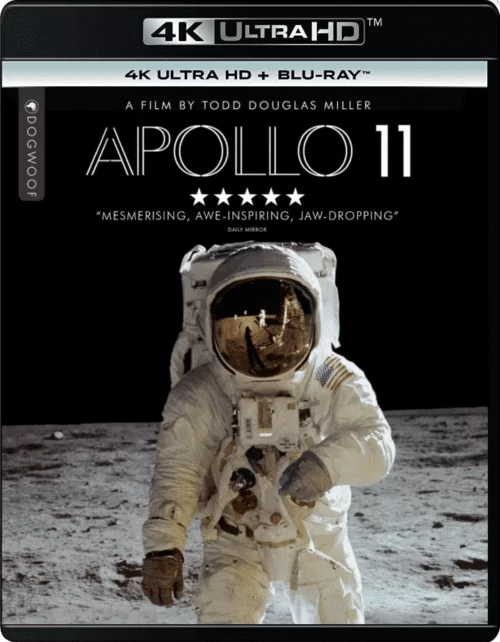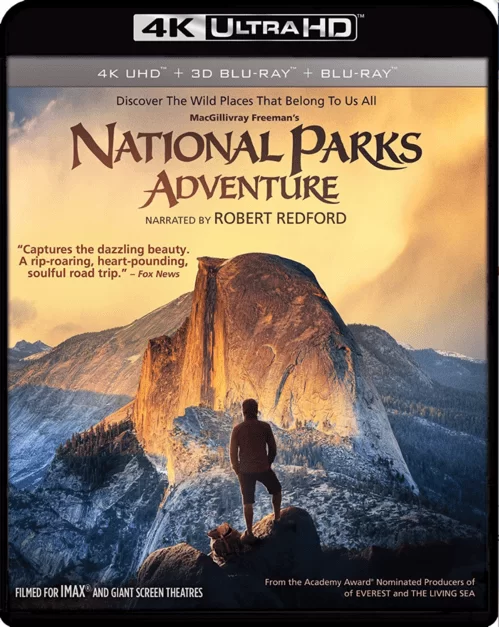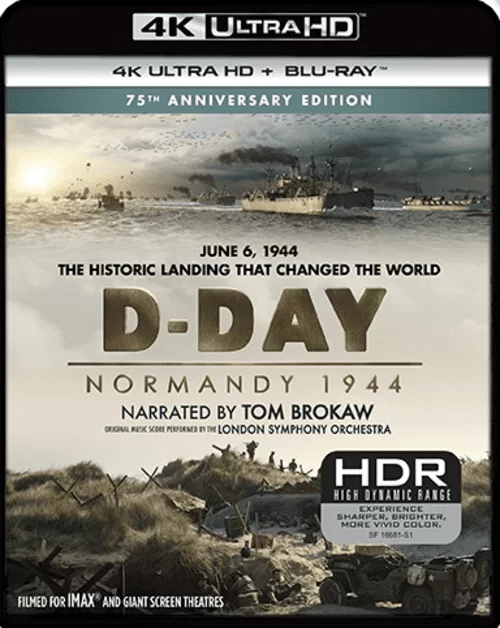Story Movie
The film deals with the subject of homoeroticism in English-speaking cinema. It is an essay on how non-traditional sexual relationships were shown on the screen, from Edison's silent film to such famous films as Philadelphia and Basic Instinct.
The Celluloid Closet 4K Review
Turning to Vito Russo's (1948-1990) book The Celluloid Closet: Homosexuality in the Movies (1981), whose author was one of the many victims of AIDS, two famous American documentary filmmakers, Rob Epstein and Jerry Friedman, made a unique attempt to explore one of the most closed and sensitive topics-the history of the homosexual statement in cinema. For years cinema pretended to be unaware of such an issue, and thus saw no reason to talk about it.
The authors offered an impressive and, at the same time, quite scrupulous analytical study of the juicy issue, avoiding sensational revelations and unflattering evaluations. For this they had to use a lot of fragments both from very famous paintings and almost forgotten ones. They used them with the comments of people who are tolerant of unconventional love (some of them are very famous people, like Tony Curtis, Shirley MacLaine, Whoopi Goldberg, Tom Hanks, Susan Sarandon...) and open homosexuals (John Schlesigner, Harvey Fierstein...) who shared their experience in creating gay characters, but also their sexual predilections.
As a result, we can trace in detail the metamorphosis of homosexual themes on the American and partly European screen in the first hundred years of cinema. In the 1920s, homosexuality was mostly seen as a laughing matter, or at least that's how it was portrayed on the screen. In the 1940s and 1950s, largely as a result of censorship (by the notorious Will Hayes) and attacks by the church (which urged to treat same-sex love as an illness), homosexual orientation became purely reprehensible.
Over the years, gay characters have evolved from cold-blooded villains, vampires and fetishists to miserable and desperate people with the same end in sight. All of them were bound to suffer on screen and pay with their lives for their bad life choices. In proving this point, the authors used an impressive montage of many horrific deaths, both gay and lesbian, in one piece. It was only in the 1970s that homophobia on the screen started to be squeezed by tolerance and a more tolerant attitude towards the representatives of non-traditional love.
In this sense, a landmark picture was the musical comedy Band Guys (1970) by William Friedkin, in which gay men were shown for the first time not as sufferers and martyrs, but people enjoying life. Only a couple of years later a famous film like Cabaret (1972) openly celebrated same-sex relationships, according to one commentator. But it took another decade before American mainstream cinema, namely Arthur Hiller's Making Love (1982), first explicitly showed homosexual love in all its glory.
At the same time, the inclusion in this context of a number of famous films in which homosexual motifs do not seem to be central, or are deeply hidden in subtext (being limited to rather long hints in the films), makes us look at the textbook works in a completely new way. And suddenly you discover things you hadn't paid any attention to before: that the killers in Hitchcock's 'Rope' were sexual partners, 'Rebel Without a Cause' was a latent gay man, and Ben Gur is found to have had very unequivocal feelings for Mesala in his youth. So don't be surprised if at some point it suddenly begins to seem as if all classic cinema has been homoerotic for a long time.
When they found homosexual overtones in the relationships of screen characters, same-sex lovers saw this as nothing less than support for their carefully concealed orientation and nothing less than a coded sign of attention sent to them personally by the filmmakers. Today, these (often overly liberal) interpretations and assumptions of the sexual minority can be seen by "straight people" as a kind of complex, which many gays have devoted their lives to getting rid of.
And in that sense, Rob Epstein and Jerry Friedman's painting can play an important rehabilitative role for some. But for cinephiles, the cinematic analysis that makes 'Celluloid Closet' one of the best non-fiction films among the many anniversary projects that have appeared to coincide with the centennial of cinema seems far more meaningful.
Video
ID : 1
ID in the original source medium : 4113 (0x1011)
Format : HEVC
Format/Info : High Efficiency Video Coding
Format profile : Main 10@L5.1@High
HDR format : Dolby Vision, Version 1.0, dvhe.07.06, BL+EL+RPU, Blu-ray compatible / SMPTE ST 2086, HDR10 compatible
Codec ID : V_MPEGH/ISO/HEVC
Duration : 1 h 41 min
Bit rate : 63.0 Mb/s
Width : 3 840 pixels
Height : 2 160 pixels
Display aspect ratio : 16:9
Frame rate mode : Constant
Frame rate : 23.976 (24000/1001) FPS
Color space : YUV
Chroma subsampling : 4:2:0 (Type 2)
Bit depth : 10 bits
Bits/(Pixel*Frame) : 0.317
Stream size : 44.7 GiB (96%)
Language : English
Default : No
Forced : No
Color range : Limited
Color primaries : BT.2020
Transfer characteristics : PQ
Matrix coefficients : BT.2020 non-constant
Mastering display color primaries : BT.2020
Mastering display luminance : min: 0.0001 cd/m2, max: 1000 cd/m2
Maximum Content Light Level : 951 cd/m2
Maximum Frame-Average Light Level : 91 cd/m2
Original source medium : Blu-ray
Audio #1
ID : 2
ID in the original source medium : 4352 (0x1100)
Format : DTS XLL
Format/Info : Digital Theater Systems
Commercial name : DTS-HD Master Audio
Codec ID : A_DTS
Duration : 1 h 41 min
Bit rate mode : Variable
Bit rate : 1 555 kb/s
Channel(s) : 2 channels
Sampling rate : 48.0 kHz
Frame rate : 93.750 FPS (512 SPF)
Bit depth : 16 bits
Compression mode : Lossless
Stream size : 1.10 GiB (2%)
Title : DTS-HD MA 2.0
Language : English
Default : Yes
Forced : No
Original source medium : Blu-ray
Audio #2
ID : 3
Format : AC-3
Format/Info : Audio Coding 3
Commercial name : Dolby Digital
Codec ID : A_AC3
Duration : 1 h 41 min
Bit rate mode : Constant
Bit rate : 640 kb/s
Channel(s) : 2 channels
Channel layout : L R
Sampling rate : 48.0 kHz
Frame rate : 31.250 FPS (1536 SPF)
Compression mode : Lossy
Stream size : 465 MiB (1%)
Title : DD 2.0
Language : English
Service kind : Complete Main
Default : No
Forced : No
Audio #3
ID : 4
ID in the original source medium : 4353 (0x1101)
Format : AC-3
Format/Info : Audio Coding 3
Commercial name : Dolby Digital
Format settings : Dolby Surround
Codec ID : A_AC3
Duration : 1 h 41 min
Bit rate mode : Constant
Bit rate : 192 kb/s
Channel(s) : 2 channels
Channel layout : L R
Sampling rate : 48.0 kHz
Frame rate : 31.250 FPS (1536 SPF)
Compression mode : Lossy
Stream size : 139 MiB (0%)
Title : DD 2.0
Language : English
Service kind : Complete Main
Default : No
Forced : No
Original source medium : Blu-ray
Audio #4
ID : 5
ID in the original source medium : 4354 (0x1102)
Format : AC-3
Format/Info : Audio Coding 3
Commercial name : Dolby Digital
Codec ID : A_AC3
Duration : 1 h 41 min
Bit rate mode : Constant
Bit rate : 192 kb/s
Channel(s) : 2 channels
Channel layout : L R
Sampling rate : 48.0 kHz
Frame rate : 31.250 FPS (1536 SPF)
Compression mode : Lossy
Stream size : 139 MiB (0%)
Title : DD 2.0
Language : English
Service kind : Complete Main
Default : No
Forced : No
Original source medium : Blu-ray
Text #1
ID : 6
Format : UTF-8
Codec ID : S_TEXT/UTF8
Codec ID/Info : UTF-8 Plain Text
Duration : 1 h 39 min
Bit rate : 80 b/s
Frame rate : 0.252 FPS
Count of elements : 1505
Stream size : 59.0 KiB (0%)
Language : English
Default : Yes
Forced : No
Text #2
ID : 7
Format : UTF-8
Codec ID : S_TEXT/UTF8
Codec ID/Info : UTF-8 Plain Text
Duration : 1 h 40 min
Bit rate : 83 b/s
Frame rate : 0.262 FPS
Count of elements : 1573
Stream size : 61.6 KiB (0%)
Title : SDH
Language : English
Default : No
Forced : No
Text #3
ID : 8
ID in the original source medium : 4768 (0x12A0)
Format : PGS
Muxing mode : zlib
Codec ID : S_HDMV/PGS
Codec ID/Info : Picture based subtitle format used on BDs/HD-DVDs
Duration : 1 h 40 min
Bit rate : 49.6 kb/s
Frame rate : 0.536 FPS
Count of elements : 3220
Stream size : 35.5 MiB (0%)
Language : English
Default : No
Forced : No
Original source medium : Blu-ray
Text #4
ID : 9
ID in the original source medium : 4769 (0x12A1)
Format : PGS
Muxing mode : zlib
Codec ID : S_HDMV/PGS
Codec ID/Info : Picture based subtitle format used on BDs/HD-DVDs
Duration : 1 h 35 min
Bit rate : 48.9 kb/s
Frame rate : 0.524 FPS
Count of elements : 2999
Stream size : 33.3 MiB (0%)
Language : English
Default : No
Forced : No
Original source medium : Blu-ray
Text #5
ID : 10
ID in the original source medium : 4770 (0x12A2)
Format : PGS
Muxing mode : zlib
Codec ID : S_HDMV/PGS
Codec ID/Info : Picture based subtitle format used on BDs/HD-DVDs
Duration : 1 h 41 min
Bit rate : 69.5 kb/s
Frame rate : 0.571 FPS
Count of elements : 3471
Stream size : 50.3 MiB (0%)
Language : English
Default : No
Forced : No
Original source medium : Blu-ray
Text #6
ID : 11
ID in the original source medium : 4771 (0x12A3)
Format : PGS
Muxing mode : zlib
Codec ID : S_HDMV/PGS
Codec ID/Info : Picture based subtitle format used on BDs/HD-DVDs
Duration : 1 h 25 min
Bit rate : 77.2 kb/s
Frame rate : 0.622 FPS
Count of elements : 3191
Stream size : 47.2 MiB (0%)
Language : English
Default : No
Forced : No
Original source medium : Blu-ray
Menu
00:00:00.000 : en:Chapter 01
00:04:59.716 : en:Chapter 02
00:11:16.842 : en:Chapter 03
00:16:52.886 : en:Chapter 04
00:19:36.675 : en:Chapter 05
00:21:46.430 : en:Chapter 06
00:24:49.946 : en:Chapter 07
00:26:16.116 : en:Chapter 08
00:31:17.500 : en:Chapter 09
00:38:50.745 : en:Chapter 10
00:48:01.753 : en:Chapter 11
00:54:22.592 : en:Chapter 12
01:04:30.783 : en:Chapter 13
01:14:48.192 : en:Chapter 14
01:20:15.936 : en:Chapter 15
01:28:23.172 : en:Chapter 16







